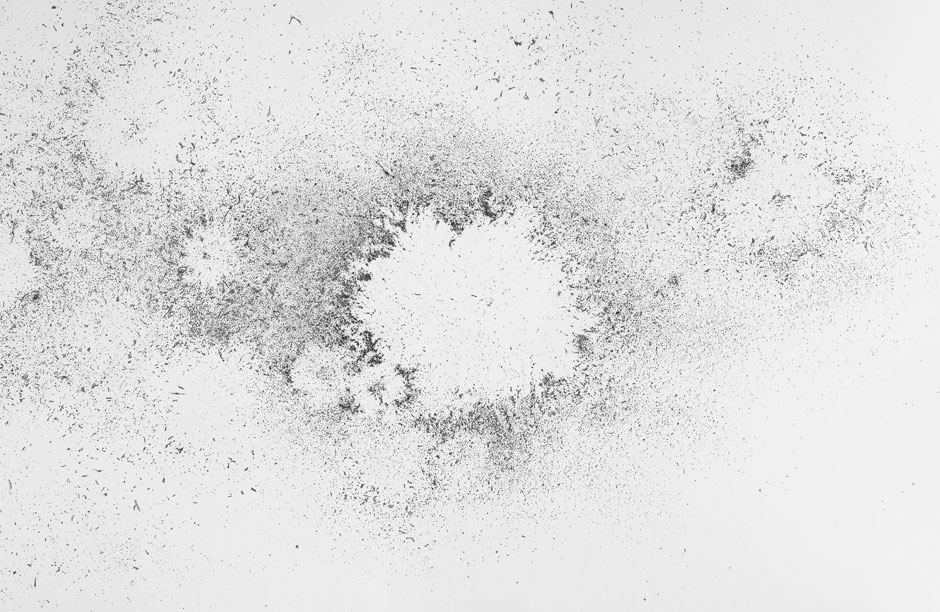What’s in the Air, Really?
By C. Malik

When we think of air we think of Oxygen, but that’s an all too human point of view. There is much more in the air than oxygen and mainly because we put it there. C. Malik examines the “air up there”.
Mexico’s drug wars have made it a very deadly place, just last month over 200 people were killed. However simply breathing the air in the country’s capital, Mexico City can be lethal as well. For years this densely populated city has been home to the lowest air quality on the planet, creating significant health issues for inhabitants and a substantially higher infant mortality rate. Between 1992-1995 a Mexico City-based study behind the cause of infant deaths by a US and Mexican team of scientists and toxicologists revealed that fine particulate matter in the air, not higher levels of nitrogen dioxide and ozone, as expected, was the cause behind the infant deaths. A red flag was raised on the very negative effects of human activities, and “Murder City” (Mexico City’s unflattering nickname) was called into action.
The chemical content of the air on this earth is fairly simple – approximately 78% nitrogen, 20% oxygen, .93% argon, and .093% carbon dioxide. The amount of carbon dioxide is so minuscule in ratio to nitrogen and even oxygen it would puzzle many that we have a problem with CO2 levels, but it’s within that narrow margin that even the slightest rise in CO2 levels causes a significant effect on the atmosphere. Now compare our planet to the atmosphere on Mars, a planet that cannot sustain life and is comprised of approximately 95% carbon dioxide, 3% nitrogen, 1.6% argon and trace amounts (at best) of oxygen. It definitely makes one look at CO2 in a new way.
For all life forms that breathe aerobically the two components of air they need to extract are oxygen and carbon dioxide, but there is so much more in the air than that. There is neon, helium, methane, krypton, hydrogen, nitrus oxide, carbon monoxide, xenon, ozone, nitrogen dioxide, iodine, and ammonia. There is water vapor and particulate matter. Then there are the “waves” and frequencies splicing through the air: sound waves, radio waves (including cell phone frequencies), electromagnetic waves (everything from microwaves to lightening bolts), x-rays (low grade electromagnetic radiation), and gamma rays (high grade electromagnetic radiation). There are the satellite frequencies that touch down to earth as they circumnavigate the planet bouncing through the air like a spasm of pin pricks. Then there are the viruses, airborne bacterium and pollen. Nanotechnology is a whole other realm of science releasing particles in the air that could potentially be dangerously unstable. While, the Toxic Substances Controls Act and the Clean Air Act narrowly offer some protection, the hazard they may pose on life forms who breathe them in is presently unquantifiable.
When policy is created about air pollution it is mainly based on the health risks to human beings. Lung disease, hardening of the arteries, respiratory complications, headaches, asthma attacks and even stunted growth in children are very real effects of air pollution. The first law for human health in relationship to the air we breathe was the Air Quality Act passed in 1967 and with the Clean Air Act in 1970 congress set specific perimeters that also set standards to protect the environment.
Like all things within our planet, air is heavily affected by the actions of the very human beings it provides life for. Humans have used the air, like the sea and the earth below our feet, as a place to absorb our follies and make them magically dissappear. Of the three, air has been the most successful, and in effect has arguably suffered the most.
If it were possible to turn back the hands of time, it would be clear that while the industrial age has brought us many wonderful benefits, breathing isn’t one of them. The current efforts to understand the complexities and concerns we now face are clear cut examples of the old adage that sometimes one must take a few steps back to move forward. “Air Pollution” is a problem that we can fix with a focused effort. To Reduce, Recycle, Reuse and Refocus is now more important and urgent than ever.
Mexico City has taken some significant steps to rebound from its current problem with some degree of success. Their most popular program “Hoy No Circula” (One Day Without A Car) has exhibited to the rest of the world how one city can come together and make sacrifices for the sake of the environment. Refraining from driving is often a weekly ordinance in the city, and in some cases residents have foregone two days of motor transport. In the United States, Pittsburgh and Los Angeles have the poorest air quality. Pittsburgh has the Industrial era to blame and Los Angeles it’s unlucky geography that causes air to stagnates over its valley. The methods by which governments and cities attempt to improve their air quality reveals that the pollution in the air that we are trying to reduce originates from human activity. The upside in being the source of air pollution is that we in turn can be the source of its improvement.
How wonderful it would be to leave a legacy in which future generations pondered the question – “how did our ancestors survive such a toxic situation?” and consider themselves lucky to have an abundant and clean supply of one of life’s most essential ingredients – The AIR we breathe!
